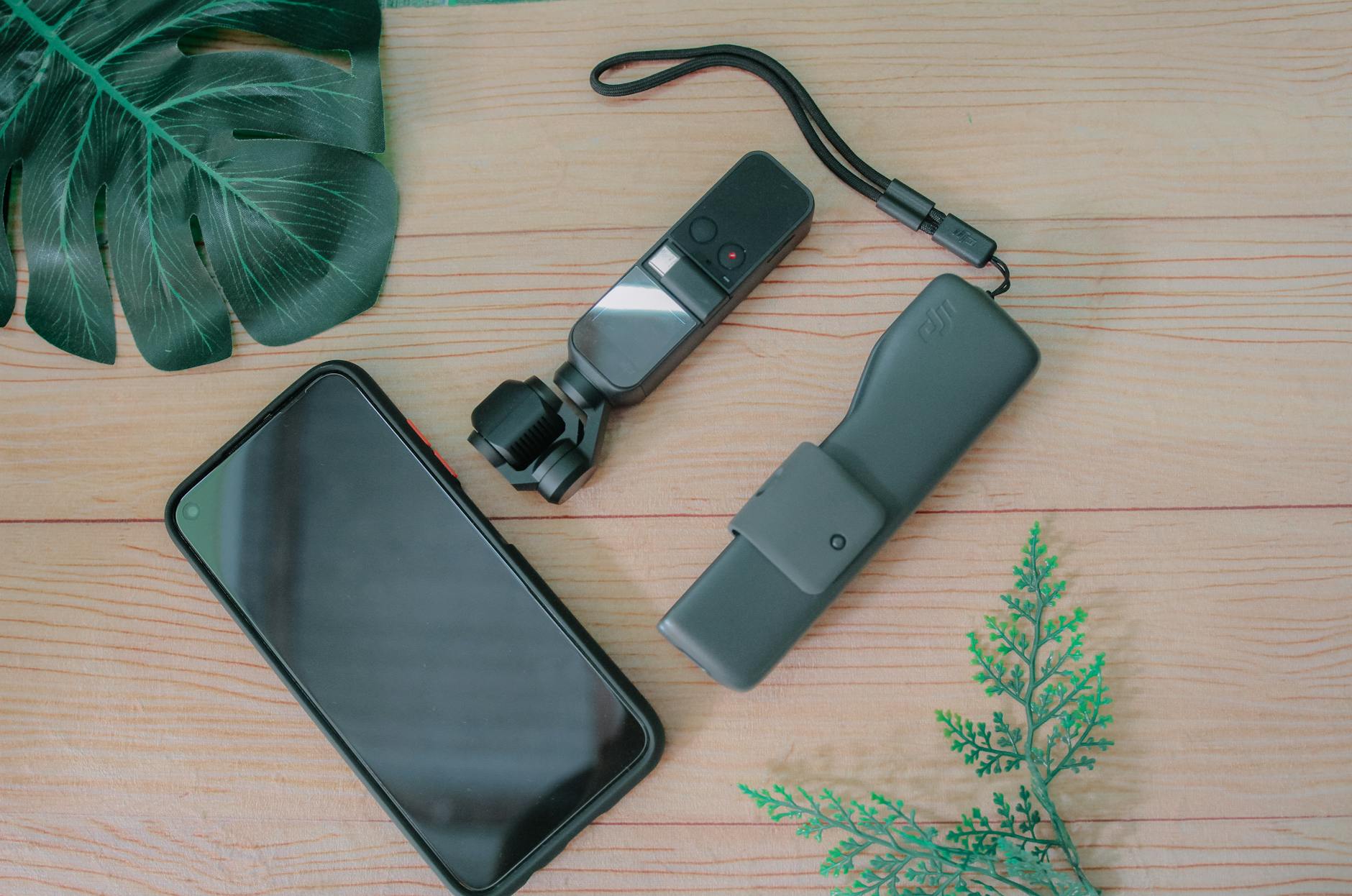Get Coding with Python: Simple Installation Instructions

Unlock the power of Python coding with these easy installation tips - you'll be writing your own programs in no time!
Table of Contents
Welcome to Windows for Dummies, your go-to blog for all things Windows-related! If you're looking to dive into the world of coding and want to start with Python, you've come to the right place. In this guide, we'll walk you through the easy process of installing Python on your Windows 10 system for free. Let's get started!
Check if You Have Windows 10
Before we dive into installing Python, let's make sure you're running Windows 10 on your computer. To check your operating system, simply click on the Windows icon in the bottom left corner of your screen and select "Settings." From there, go to "System" and then "About." Here, you'll see the version of Windows you're running. If you're not on Windows 10 yet, you can easily upgrade to it through the Windows Update feature.
Download Python
Now that you've confirmed you're using Windows 10, it's time to download Python. Head over to the official Python website at https://www.python.org/downloads/ and look for the download link for the latest version of Python. Make sure to select the version that corresponds to your Windows 10 system – 32-bit or 64-bit.
Install Python on Windows 10
Once you've downloaded the Python installer, it's time to install it on your Windows 10 system. Simply double-click on the downloaded file to start the installation process. Follow the on-screen instructions, making sure to check the box that says "Add Python to PATH" for easy command line access. Sit back and let the installer do its magic!

Image courtesy of www.reddit.com via Google Images
If you encounter any issues during the installation, don't panic. Common problems can include permission errors or conflicts with existing software. In such cases, you can find solutions to these issues by doing a quick search online or referring to the FAQs section on the Python website.
Verify Python Installation
Once the installation is complete, it's important to verify that Python has been successfully installed on your Windows 10 system. To do this, open up the command prompt by typing "cmd" into the search bar and hitting Enter. Then, type "python --version" and you should see the version of Python you've just installed displayed on the screen.
| Step | Instruction |
|---|---|
| 1 | Download Python from the official website |
| 2 | Run the downloaded executable file |
| 3 | Check the option to add Python to PATH |
| 4 | Click on the "Install Now" button |
| 5 | Wait for the installation process to finish |
| 6 | Open a command prompt and type "python --version" to verify installation |
| 7 | Congratulations! You are now ready to start coding with Python |
To further test Python, you can run a simple script or launch the Python interpreter to see if everything is working as expected. If you run into any issues at this stage, don't hesitate to reach out for help from the Python community or visit the Windows for Dummies blog for troubleshooting tips.
Conclusion
And there you have it – you're now all set to start coding with Python on your Windows 10 system! With Python installed, you have access to a powerful programming language that is versatile and beginner-friendly. Whether you're looking to build simple scripts or dive into more complex projects, Python is a great choice for all levels of programmers.
At Windows for Dummies, we're here to support you on your Windows journey, providing easy how-to guides, FAQs, and tips to help you make the most out of your Windows experience. So what are you waiting for? Start exploring the world of Python coding on your Windows 10 device today!
Frequently Asked Questions
Can I install Python on a different version of Windows?
Yes, Python is compatible with various versions of Windows, including Windows 7, 8, and 11. Simply download the appropriate installer from the official Python website and follow the installation instructions.
Do I need any prior coding experience to start learning Python?
No, Python is a beginner-friendly programming language that is great for those new to coding. With its simple syntax and readability, Python is a great choice for beginners looking to get started with programming.
Can I use Python for web development projects?
Absolutely! Python is widely used in web development for backend programming, data analysis, and more. Frameworks like Django and Flask make it easy to build web applications using Python. There are plenty of resources available online to help you get started with web development using Python.
How can I stay updated on new Python features and updates?
You can join Python communities online, such as forums, social media groups, and developer websites, to stay informed about the latest Python news. Additionally, subscribing to newsletters or following Python-related blogs can keep you up to date with new features, updates, and best practices in Python programming.
Generated by Texta.ai Blog Automation


